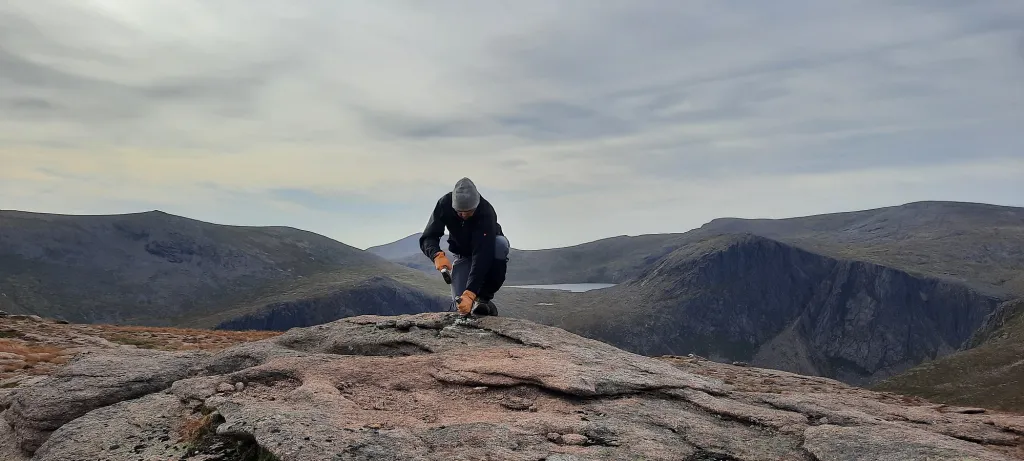Background

Hoang Lien Son mountain range, Lao Cai province, Vietnam, 2019.
Mountains are a key, but often overlooked, landscape type in Ireland, Europe and globally. These landscapes sustain rich, complex, ecosystems and forms of human activity. Mountains are an extensive landscape type: 40.6% of Europe is defined as a ‘mountain municipality’ (NORDREGGIO 2004) where 19.1% of its population live.
Mountains are essential to global sustainability as an important source of biodiversity, freshwater, energy, food, and cultural values. In Ireland their role inter alia in water attenuation, flood relief, carbon storage (peatlands) is emphasised in recent reviews: Mountaineering Ireland’s vision for the future of Ireland’s mountains and upland areas (Mountaineering Ireland 2017) and A Profile of Ireland’s Uplands(Irish Upland Forum, 2019). Mountain landscapes contain substantial natural and cultural heritage resources, including very significant records of climate change across deep time: ranging from the creation of continents to the most recent glaciation, processes which shaped today’s mountain landscapes. They are also home to mountain communities, many of who are comparatively economically and politically marginal. These are often hazard-prone landscapes with fragile ecologies and are increasingly accessed through tourism and leisure.

Brooks Range, Alaska – View from tent during fieldwork
Mountains are also highly diverse landforms – ranging from regional uplands to truly high-altitude landscapes requiring the development of physiological adaptations for permanent habitation. Adaptations to these landscapes are similarly diverse, requiring the development of innovative, interdisciplinary perspectives. Indeed, the study of mountains has been described as inherently interdisciplinary and a new term ‘montology’ coined to describe the field.
Mountain landscapes are dynamically balanced, and are currently faced with new pressures from social, economic and climatic change. Increased tourism, green pressures for afforestation and rewilding, as well as the extension of infrastructure, such as energy schemes, are all significant forces for change. Traditional agriculture, critical to the development and maintenance of fragile ecologies and of popular landscape types is under threat. In Ireland for example, the low-intensity farming that maintains many of our mountain landscapes is in decline and, in some areas, retreat.

Cairngorms geological sampling
Given this complexity and dynamism, it is no surprise that sustainability features strongly in debate about mountain landscapes. Mountains figure clearly in SDG15.1 as a landscape form which requires conserving ((opens in a new window)https://sdgs.un.org/topics/mountains) – although with a rather narrow definition in terms of forest cover. Mountains appear more extensively in Chapter 13: Managing Fragile Ecosystems: Sustainable Mountain Development of Agenda 21, with the following aims:
In Ireland, two recent reviews (Mountaineering Ireland 2017, Irish Uplands Forum 2019) cited above, provide an excellent platform for further developments. Our initial liaison with both agencies confirms that they see this as an excellent opportunity to move debate forward. UCD-MRG is therefore time sensitive at a local level.
In summary, mountain landscapes are a key feature of environments, ecosystems and human settlement systems and provide deep-time records of the same.